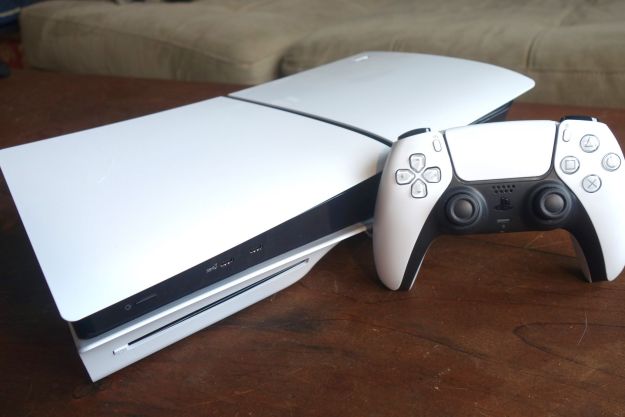
The news comes shortly after the release of Farpoint, a science-fiction shooter with a full-length campaign, as well as the excellent PlayStation VR Aim controller.
“We would not describe 1 million units the same as mass adoption,” said PlayStation global sales and marketing head Jim Ryan in an interview with Business Insider.” But we would call it a good start.”
Back in February, Sony admitted that it was surprised with how well PlayStation VR had been selling. At the time, that add-on had sold more than 900,000 units, which appeared to be significantly higher than the competing HTC Vive and Oculus Rift headsets. Both are significantly more expensive than PlayStation VR, with the Rift typically retailing for $600 while the Vive costs $800. By contrast, PlayStation VR only costs $400 and only requires a standard PlayStation 4 console in order to play.
As with many new gaming devices, PlayStation VR suffered from a supply shortage for its first few months on the market, but this seems to have been resolved — walk into your local Target or Walmart and you’re all but guaranteed to find a few of them sitting on the shelves.
Along with the PlayStation VR news, Sony revealed that it’s approaching 60 million PlayStation 4 consoles sold, and that since the launch of the PlayStation 4 Pro back in November, it has accounted for about 20 percent of all PlayStation 4 units sold. Though the console is capable of playing some games in 4K and adds support for 60 frames per second in others, its technical specifications are less impressive than Microsoft’s upcoming Project Scorpio — the updated Xbox One will support native 4K gaming and will be fully compatible with all existing Xbox One games.
If you haven’t yet picked up a PlayStation 4, we suggest waiting until Friday, June 9. Sony is holding a “Days of Play” sale that will drop the console’s price to $250, and the system will come in a sleek gold color.
Editors' Recommendations
- PlayStation 6: release date speculation, price, specs, and more
- PlayStation VR2 production reportedly paused by Sony
- PlayStation lays off 900 people and shuts down London Studio
- One year later, my PlayStation VR2 is collecting dust
- I made my own special-edition, Mario-themed PlayStation 5


